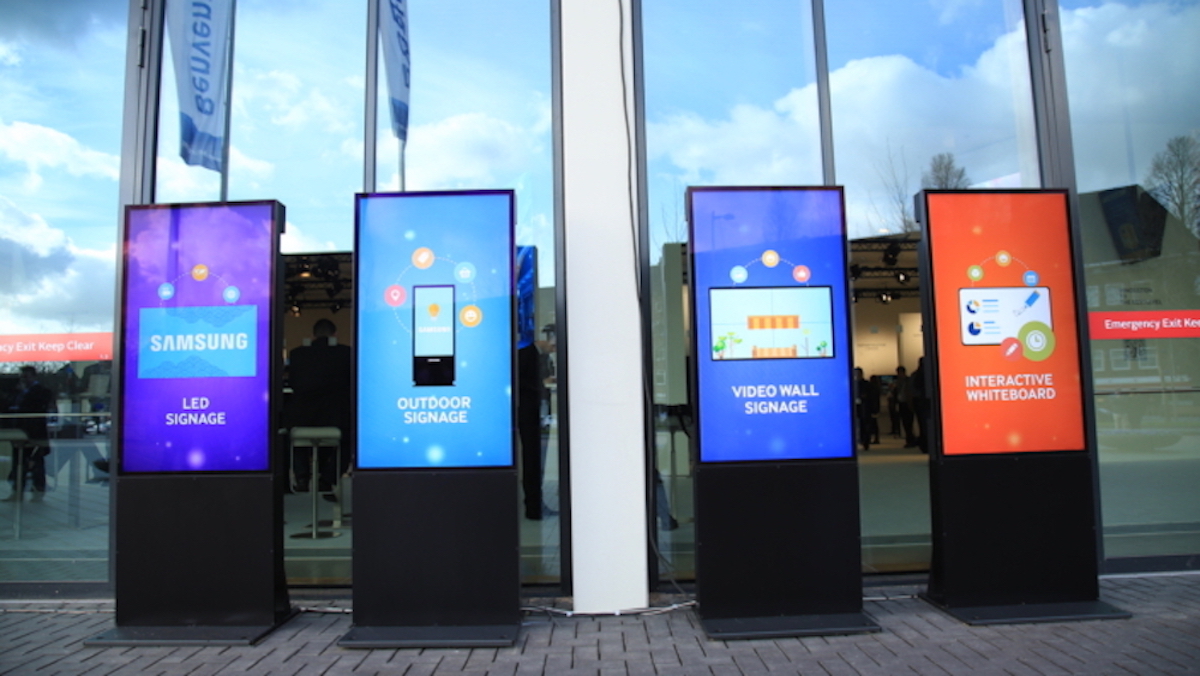How to Produce an Association Podcast
Your association has decided to jump into the podcasting pool. Welcome!
Getting in the pool is the first step toward greater membership engagement and a new stream of much-needed revenue. But, just like a kid learning to swim, getting your feet wet is only the beginning.
The trouble is the pool is pretty crowded. There are an estimated 850,000 podcasts in circulation. Don’t worry, the glass is half-filled in this regard. The fact so many programs exist is a testament to their popularity and effectiveness. Plus, your association is composed of members predisposed to want to learn about the same subject.
In other words, there is a definite path toward success. Let’s lay it out for you.
- Create a Swimlane. Don’t underestimate this simple step. It’s not enough to say your association is going to launch a podcast. Create a topic (your swim lane) for your group to operate in—this is what is going to distinguish your program from the rest of the fish. Remember topics relevant to your association should guide your programming.
- Set a Rhythm. Is the podcast weekly, monthly, or quarterly? What day of the week makes most sense? Each group is different with work schedules. Find a time when members are free to listen and are going to be willing to listen to something work-related. Your podcast can go on-demand but traction will come from listeners tuning in together at one time.
- Pick a Team Captain. Given the popularity of podcasts, odds are someone within the association is going to be enthusiastic to lead the project. Creating a program is a lot of work and needs passion behind it. You will also need someone who plays well with others, as there will be competing interests at play. For instance, once advertising rolls in, the podcast is going to need to meet some of the financial backers’ demands as well as those of the core audience.
- Start the Relay. A large part of producing a podcast is efficiently moving the program along to different team members to complete tasks. There’s a producer who starts the motion, handing an idea to a writer, who then passes a script to the host, who then runs the show before the content goes to the audiovisual team for sound mixing special effects. The show goes through a final editing process before the producer sends it out. Got all that?
- Stick with It. You didn’t become a good swimmer overnight. There is going to be some choppy water at some point. Don’t be discouraged, and more importantly, don’t alter your plan without a lot of thought. The key to engaging audiences via podcast is maintaining a regular schedule and sticking to your theme whilst tying all episodes together. Deviating from either risks violating a trust built with the audience... And without an audience, there isn’t a podcast.
Above all else, remember your podcast doesn’t have to be a big fish in a big pond. It just needs to stick out with a distinct purpose to reel in listeners. And if you don’t make a big splash at first, keep kicking.
About Author
Related Posts
The Power of Podcasts
December 29, 2020
11 Reasons to Start an Association Podcast
December 23, 2020
Why You Should Get Off the Fence About Launching a Podcast
December 21, 2020
Leave A Reply
Popular
-

-
 The 17 Most Misunderstood Facts About AV Over IPJanuary 25, 2021 1
The 17 Most Misunderstood Facts About AV Over IPJanuary 25, 2021 1 -
 12 Interesting Statistics About Digital SignageJune 3, 2020 0
12 Interesting Statistics About Digital SignageJune 3, 2020 0 -
 9 Dos and Don'ts for Videoconferencing SecurityJune 29, 2020 0
9 Dos and Don'ts for Videoconferencing SecurityJune 29, 2020 0 -
 Does Your Podcast Pass the Twitter Test?October 27, 2020 0
Does Your Podcast Pass the Twitter Test?October 27, 2020 0





